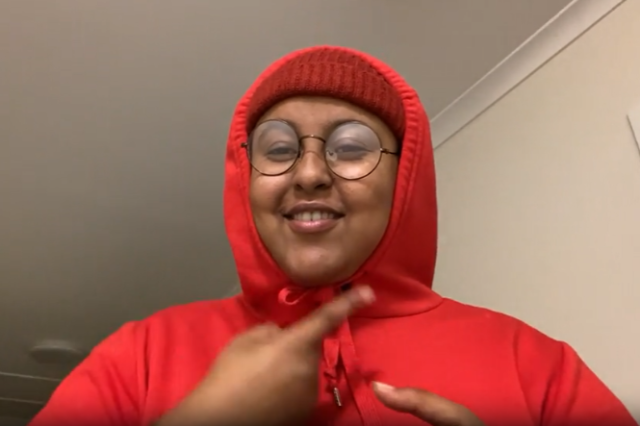Deafness
Key points about deafness
- Deafness is a partial or complete loss of hearing.
- You may be born with deafness or it may occur at any stage of life.
- Deafness is measured by categories of mild, moderate, severe or profound hearing loss. This page focuses on severe and profound deafness.
- People who have been deaf since birth or early childhood are likely to identify as members of a Deaf community and generally use New Zealand Sign Language (NZSL) as their preferred means of communication.
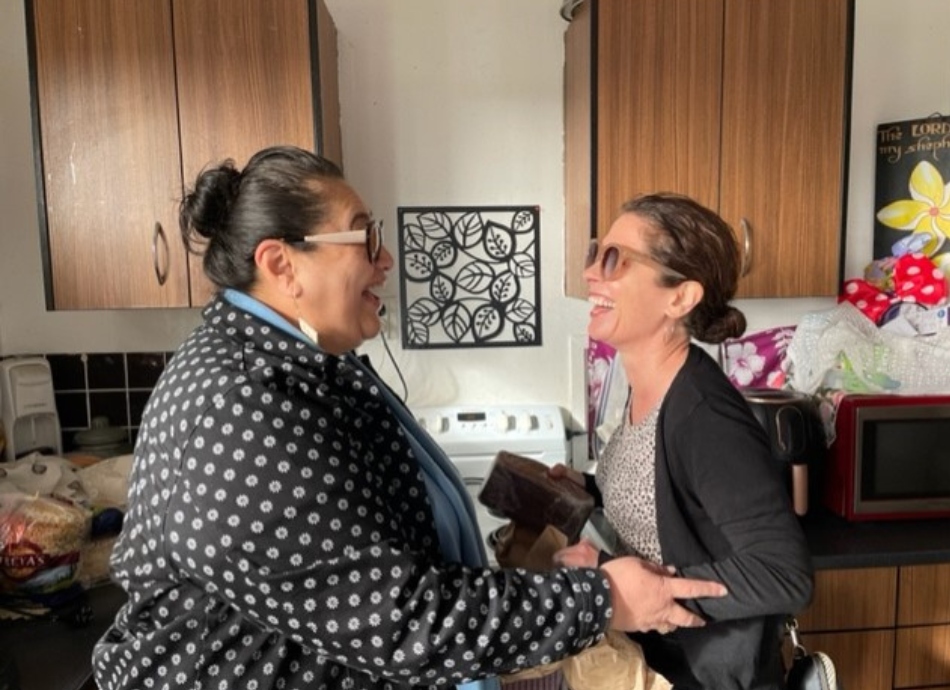
Deafness is the partial or complete loss of hearing. It can be something you’re born with (congenital hearing loss or deafness) or may be due to an illness, accident, trauma or just getting older.
Hearing loss can be mild, moderate severe or profound. This page is mainly about severe and profound deafness. You can read more about other types of hearing loss in adults and in babies and children.
Hearing loss at birth is known as congenital hearing loss. Hearing loss that happens later on is called acquired hearing loss.
Congenital hearing loss
Some of the many causes of congenital deafness include the following:
- Hereditary disorders – this means parents pass on affected genes to their children. In most cases, hereditary hearing loss is caused by malformations of the inner ear.
- Genetic disorders – genetic mutations may happen, for example, at the moment of conception. Some of the genetic disorders that can cause deafness include Down syndrome, osteogenesis imperfecta, Trisomy 13 (Patau syndrome) and Treacher Collins syndrome.
- Prenatal exposure to disease – a baby may be born deaf or with hearing problems if they're exposed to certain diseases in utero, including rubella (German measles), influenza and mumps. Other factors that are thought to cause congenital deafness include the mother being exposed to methylmercury and medicines such as quinine.
- If a baby is deprived of oxygen at birth, or is born prematurely, this may also result in deafness.
Acquired hearing loss
Acquired hearing loss from other causes throughout life may also lead to severe or profound deafness. Other causes include noise-related hearing loss, illness, accident or trauma and ageing-related hearing loss. See hearing loss in adults for more information.
There are 3 main types of hearing loss in adults.
Conductive hearing loss
Conductive hearing loss involves the outer and/or middle ear, where something gets in the way of sound information moving through your ear. It can be due to blockage or damage to your ear canal, ear drum or the bones of your middle ear. This type of hearing loss may be temporary (eg, from ear wax build-up in the ear canal) or permanent (eg, due to malformation of the middle ear bones). If you have conductive hearing loss you may find sounds and speech at normal conversation level too muffled or quiet, as if you're wearing ear plugs.
Sensorineural hearing loss
Sensorineural hearing loss occurs when the sensory hair cells in your inner ear are not properly formed or become damaged, or there may be a problem with your hearing nerve (also known as the auditory nerve). Depending on where the damage occurred, this type of hearing loss may reduce the clarity as well as the loudness of sound. It can also affect how the sound is processed, making speech difficult to understand.
Mixed hearing loss
Hearing loss can also be caused by a combination of both conductive and sensorineural hearing loss.
A less common type of hearing loss is called auditory processing disorder. This doesn't cause loss of loudness or clarity, but it can cause problems with understanding what you hear. Read more about auditory processing disorder(external link).
Hearing loss is measured in decibels hearing loss (dB HL). It can be graded as follows:
- 16 to 25 dB HL: Slight hearing loss.
- 26 to 40 dB HL: Mild, can't hear whispers, will have some trouble keeping up with conversations – especially in noisy surroundings.
- 41 to 55 dB HL: Moderate, can't hear conversational speech.
- 56 to 70 dB HL: Moderate to severe.
- 71 to 90 dB HL: Severe, will find it almost impossible to hear in any situation, can't hear shouting.
- >90 dB HL: Profound, can't hear sounds that would be painful to listen to for a hearing person.
Read more about the symptoms of hearing loss in adults and hearing loss in babies and children.
Audiologists carry out tests to assess your level of hearing. They begin by examining your ear canal with an otoscope. This helps them identify any temporary problems that may affect your hearing, such as build-up of ear wax or a burst eardrum.
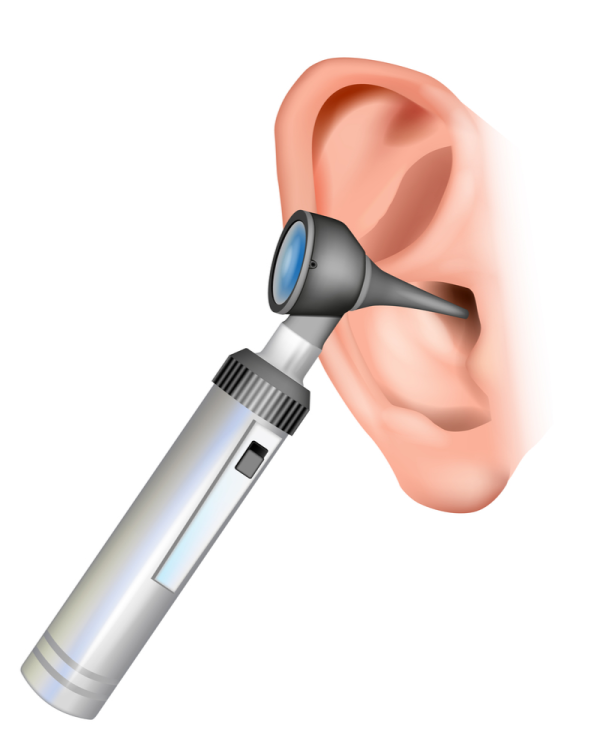
Image credit: Depositphotos
You then wear headphones to do a tone test, where you listen to beeps at different pitches. The beeps get quieter until you no longer hear them.
Your cochlear (inner ear) may also be tested and you may be given a speech test to check you understand the sounds of speech. Read more about hearing tests for adults.
Apps reviewed by Healthify
You may find it useful to look at some hearing test apps.
Some deafness is treated with the use of hearing aids. Hearing aids are most effective at helping mild, moderate or severe hearing loss caused by conductive hearing loss or reduced sensory hearing loss.
Hearing aids are usually not as effective as cochlear implants for assisting with very severe or profound hearing losses.
Hearing aids can also provide some benefit for hearing problems caused by damage to your hearing nerve or brain.
People who have lifelong severe or profound deafness may identify socially with a Deaf community. In Aotearoa New Zealand, members of the Deaf community use New Zealand Sign Language to communicate and may not see their deafness as a condition that needs treatment.
- Deaf and Hard of Hearing Foundation(external link) is a national organisation that promotes the interests of New Zealanders who are deaf or hard of hearing.
- Deaf Aotearoa(external link) is a national organisation representing Deaf people (primarily NZSL users), and the national service provider for Deaf people in New Zealand.
- Hauora(external link) Deaf Aotearoa’s service for Deaf and hard-of-hearing people that provides needs assessment and coordination, applications for assistive equipment and information and advice.
- Deaf or hearing loss equipment for adults(external link) Disability Support Services, NZ
- Cochlear implants(external link) Disability Support Services, NZ
- Deaf Children New Zealand(external link) is a parent-led organisation that supports parents and families of deaf and hard-of-hearing children.
Here are some tips to help you communicate with deaf people from Deaf Aotearoa(external link).
- Avoid background noise when communicating with someone with a hearing aid.
- Speak clearly and a little more slowly. Rephrase rather than repeat what you said if they don’t understand you.
- Use simple gestures, point to things, write key information in plain language.
- Keep your lips and face clear of things that get in the way (eg, hands, cups, large moustaches)
- Book an NZSL interpreter(external link) if you're organising an event.
Communicating with signers
- When signing, face the Deaf person and get their attention before speaking. Maintain eye contact. If you're interrupted and need to break eye contact, tell the person you are talking with to ‘hold’, or point to the interruption so they can see why you will look away. A Deaf person may feel annoyed if you just break eye contact mid-conversation.
- If you don’t understand what a person signs to you, get them to sign it again. It's okay to check, clarify or ask them to slow down.
- Give a Deaf person enough space for arm movements and distance to see your face and body.
- Deaf people often get the attention of someone they want to talk to by waving in their line of vision, tapping their shoulder, or switching a light on and off. So if someone Deaf does any of those things, turn and face them.
- Deaf people need to see what is being said, so they can only pay attention to one person at a time. Deaf people wait for the person who is signing to stop before the next person signs.
Video: CCDHB NZSL video about coming to hospital
(Capital & Coast DHB, NZ, 2018)
Video: CCDHB NZSL video about coming to hospital (no captions)
(Capital & Coast DHB, NZ, 2018)
Video: It made me think about life – Andrew’s story
Click on the image below to watch the video.
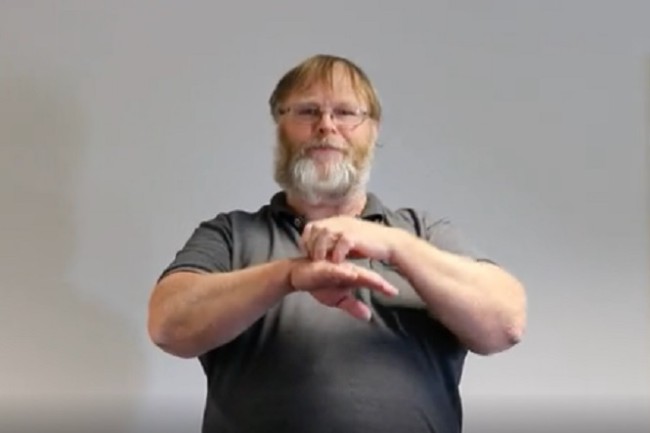 (external link)
(external link)
(Watch Us, NZ, 2019)
Video: Masks are frustrating
Click on the image below to watch the video.
Video: I learnt and learnt – Sharleen’s story
Click on the image below to watch the video.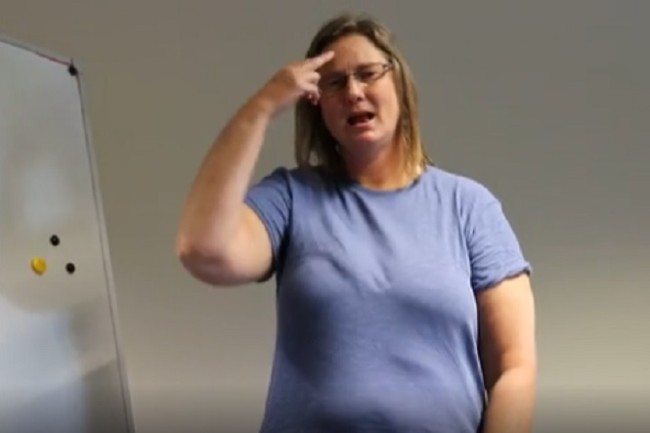 (external link)
(external link)
(Watch Us, NZ, 2019)
The following links provide further information about deafness. Be aware that websites from other countries may have information that differs from New Zealand recommendations.
Hearing loss(external link) Patient Info, UK, 2023
Deaf awareness courses(external link) Deaf Aotearoa, NZ. Provides training to businesses and organisations about Deaf culture, the Deaf community and overcoming communication barriers with Deaf clients, ensuring all customers receive a positive experience.
First signs(external link) supports the learning of New Zealand Sign Language for family and whānau of Deaf or hard-of-hearing children 0 to 5 years of age.
Apps
Brochures
I am deaf – let's talk: 25 signs to learn for medical situations(external link) Deaf Aotearoa, NZ
I am deaf – let's talk: 25 signs to learn with your family(external link) Deaf Aotearoa, NZ
I am deaf – let's talk: 25 signs to learn for Māori concepts(external link) Deaf Aotearoa, NZ
Deaf or hearing impaired? Practical devices to help(external link) The National Foundation for Deaf and Hard of Hearing NZ, 2011
Living with hearing loss – tips for communicating well(external link) The National Foundation for the Deaf NZ
Hearing aid funding(external link) New Zealand Hearing
References
- Deafness – a range of causes(external link) Better Health Australia, 2024
- Losing your hearing – causes and symptoms(external link) Hearing New Zealand
- Hearing loss(external link) Patient Info, UK, 2023
- Hearing aids(external link) NZ Audiology Society
- Hearing loss information(external link) Hear This Education, NZ
- Adult pure tone audiometry best practice guidelines(external link) New Zealand Audiological Society, NZ, updated 2024 (requires log in)
Assessment of occupational noise-induced hearing loss for ACC(external link) ACC, NZ, 2019
Disability toolkit for policy(external link) Whaikaha, NZ
Professional development videos
Say that again(external link) for healthcare providers working with Deaf and hearing-impaired clients (Deaf Aotearoa, NZ, 2012)
DHB staff – captioned(external link) (Capital & Coast DHB, NZ, 2018)
DHB staff – no captions(external link) (Capital & Coast DHB, NZ, 2018)
Deaf health stories in New Zealand Sign Language(external link) (Sign Language Section, NZ, 2017)
Brochures
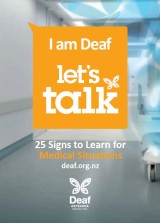
I am deaf – let's talk: 25 signs to learn for medical situations
Deaf Aotearoa, NZ
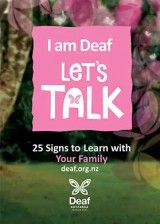
I am deaf – let's talk: 25 signs to learn with your family
Deaf Aotearoa, NZ
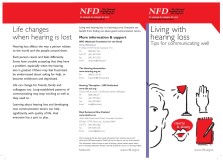
Living with hearing loss – tips for communicating well
The National Foundation for the Deaf, NZ
Credits: Healthify editorial team. Healthify is brought to you by Health Navigator Charitable Trust.
Reviewed by: Dr Rachel McKee, Programme Director of NZSL Studies and Director of the Deaf Studies Research Unit, Victoria University of Wellington
Last reviewed:


